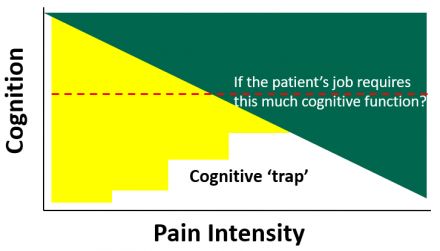Abnormalities in Pain Perception
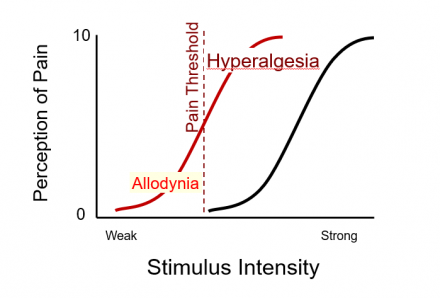
Revised terms for Enhanced Pain
IASP Taxonomy, 2008
- Allodynia – pain due to a ‘non-nociceptive stimulus’
- Hyperalgesia – ‘Increased pain sensitivity’
- The task force acknowledged that it is not always possible to determine that absolutely no nociceptors are activated in response to a specific stimulus type. The prime example of allodynia is brush-evoked pain.
- A nociceptive stimulus - ‘An actually or potentially tissue damaging event transduced and encoded by nociceptors’
Transient Alteration of Pain Perception Due to Peripheral Changes
Inflammatory pain: peripheral mediators drive signaling and semi-persistent enhancement of nociceptive signaling (example: sunburn).
Persistent Alteration of Pain Perception Due to Central Changes Which Can Follow Neuropathic Injury
Neuropathic pain: neuronal events lead to signaling events perceived as pain and may result in persistent enhancement of nociceptive signaling (example: herpetic eruption).
Clinical Observation: Persistent Pain
Scenario I: Persistent pain generator
Normal Nociceptive Processing
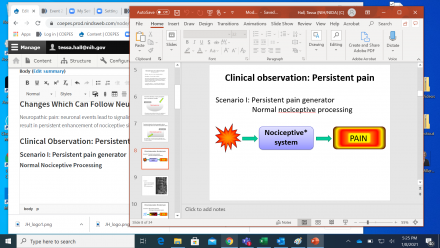
Scenario I:
- Chronic moderate back pain
- Chronic moderate joint OA TMJ*
- Musculoskeletal disease
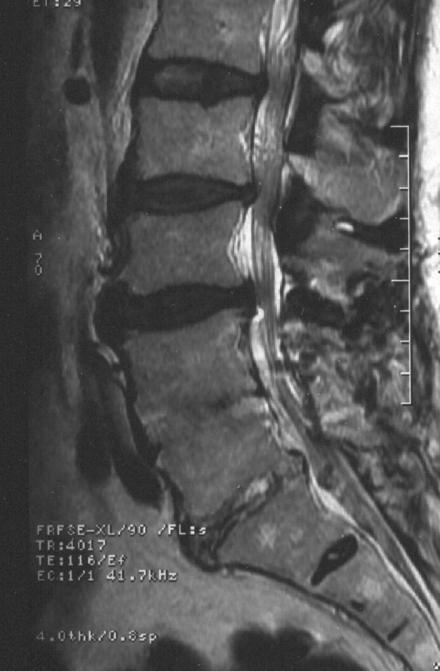
Scenario II: Non-noxious stimulus
Pathological Nociceptive System

Scenario II:
- Peripheral neuropathy
- Radiculopathy
- Myelopathy Stroke
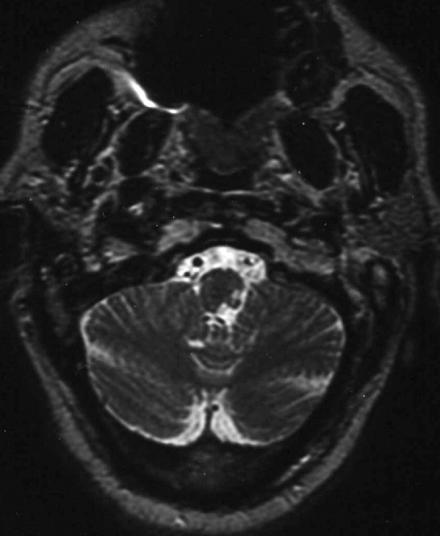
Clinical Observation: Extreme Pain
Scenario II+: Noxious stimulus
Pathological Nociceptive system*
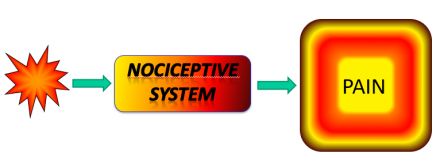
May also be Scenario 1+: Extreme pain generator, e.g. polytrauma.
Scenario II:
- Failed back
- Multiple, severe joint
- OA
- TMJ
- Neuropathy + Orthopedic
People with extreme pain may have damage to the pain processing system (CNS/PNS) as well as a chronically active pain generator.
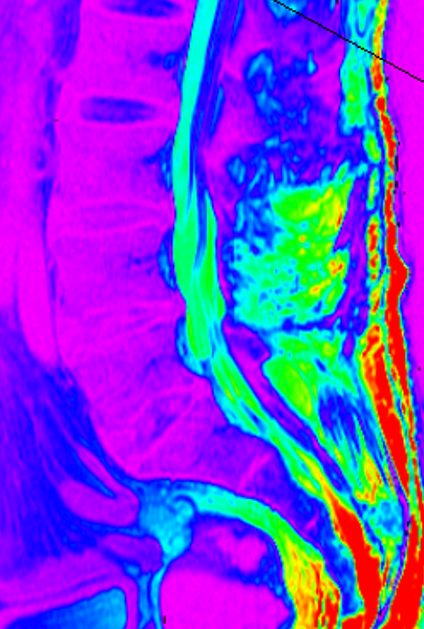
Neuropathic pain can arise from any component of the nociceptive processing system.
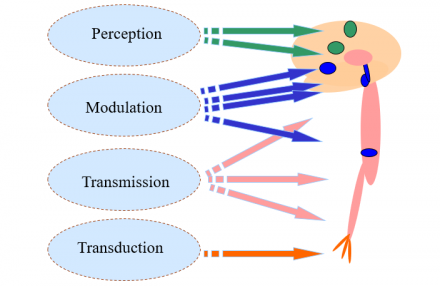
Transduction
Signal transduction occurs in many different structures:
- Skin
- Muscle
- Bone and bone marrow
- Viscera
- Discs and joints
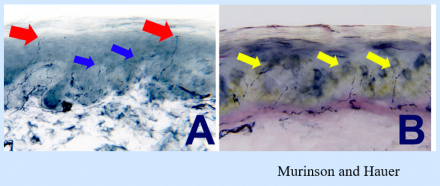
Transmission
Continuous peripheral nerve block may reduce the incidence of chronic pain after a serious injury or surgery. Extensive studies of this have not been performed, however some evidence supports this assertion.
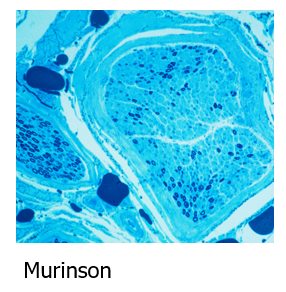
Reference
Pain following battlefield injury and evacuation: a survey of 110 casualties from the wars in Iraq and Afghanistan.Buckenmaier CC 3rd, Rupprecht C, McKnight G, McMillan B, White RL, Gallagher RM, Polomano R. Pain Med. 2009;10(8):1487-96
Perception
Multiple processing and perceptual areas (not all are exclusive to pain).
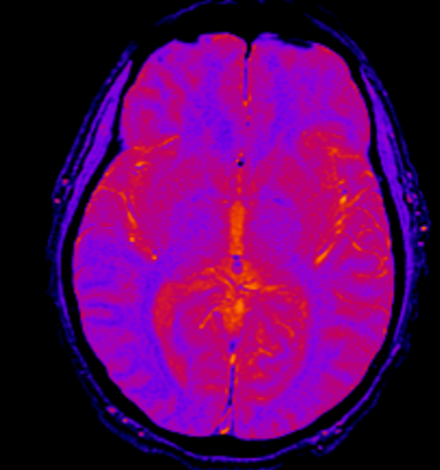
Some processing and perceptual areas overlap with:
- Empathy for pain
- Grief
- Social isolation
Modulation
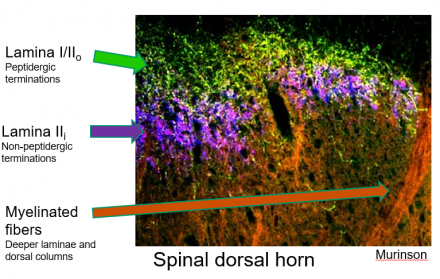
Both suppression and facilitation occur.
Modulation occurs at multiple levels:
- Insula
- PAG
- Nucleus Raphe Magnocellularis
- Dorsal horn
Neuropathic Changes
Research shows that neuroplastic changes after strong pain stimulus may promote enhanced pain signaling1.
1Contralateral neuropathic pain and neuropathology in dorsal root ganglion and spinal cord following hemilateral nerve injury in rats. Hatashita S, et al. Spine (Phila Pa 1976). 2008 May 20;33(12):1344-51.
- Astrocytes in S.C. after PN injury: Ipsilateral and Contralateral activation (3 minute L5 SNL crush)
- Microglia in S.C. after PN injury: activation extends rostral-caudal but is limited to the same-side as injury
Spinal Activation After Strong Pain Stimulus (Injury)
- Animal studies clearly show activation of spinal cord glia after injury
- Activation of spinal cord glia occurs both contralateral and ipsilateral to an injury
Clinical analogues may include:
- Mirror pain – intense pain is often perceived as involving the opposite side as well
- Spreading pain – patients with intense pain may perceived the pain as arising from an expanding area of the body.
Clinical Management
What steps can be taken clinically to manage this complex system?
It is often necessary to initiate treatment even while the diagnostic work up is in progress.
- Relief of suffering: more humane for patient to receive pain treatments while waiting for tests.
- Diagnostic benefit, the above mechanisms suggests that a very painful problem may be more difficult to localize and thus more challenging to diagnose.
Several of the treatments for neuropathic pain have an overall modulating effect on nociceptive processing (i.e. ‘turn down the gain on pain’), and make spatial and temporal discernment more feasible.
It can be difficulty to locate a loudly chirping bird when heard from afar. Severe neuropathic pain can be hard to localize.
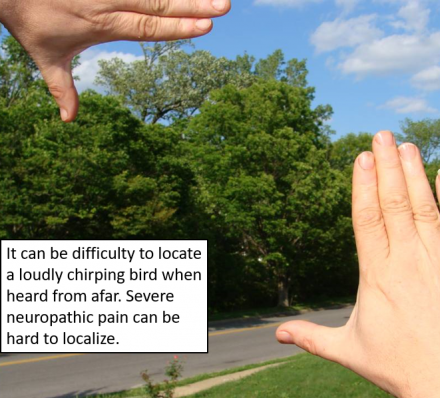
Initiating neuromodulating treatment for a severe pain problem may help you to localize the troublesome pain generator (a quietly chirping bird produces fewer echoes and is easier to locate in the tree).

Pain and Cognition
- Pain interferes with cognition
- Pain depresses mood, biasing thoughts
- In some, pain leads to catastrophizing
- Sometimes pain medication relieves pain but does not improve mental function
Pain Interference with Cognition
Pain acts like a stop codon for the mental ‘sequence.'
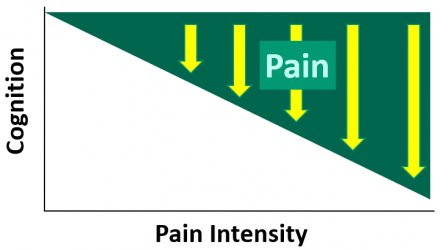
Pain Interference Compounded By Medication Interference with Cognition
Pain interference is compounded by medication interference with cognition.
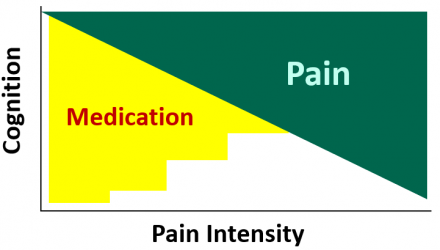
In the example below, pain is relieved but meaningful function is not preserved. In this situation, it is essential to incorporate non-pharmacological treatments which tend to have a better cognitive side-effect profile.
